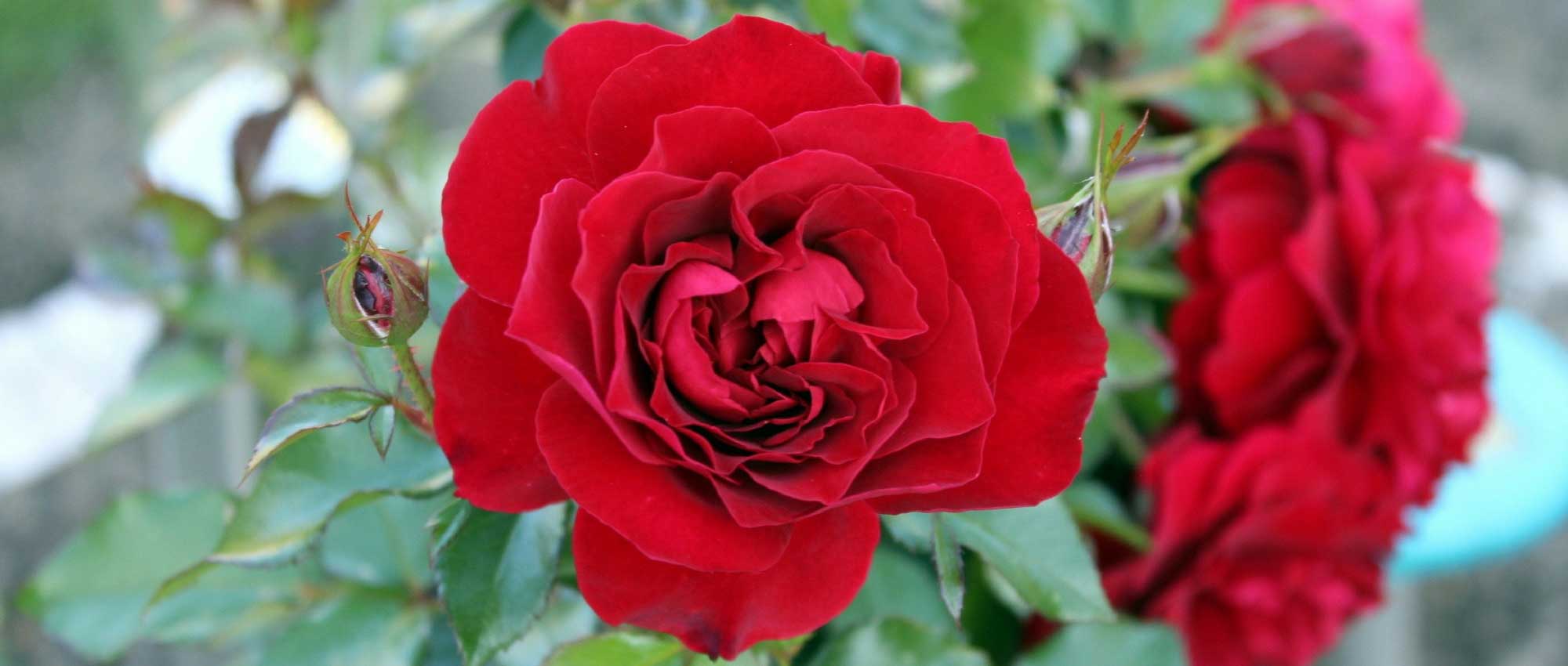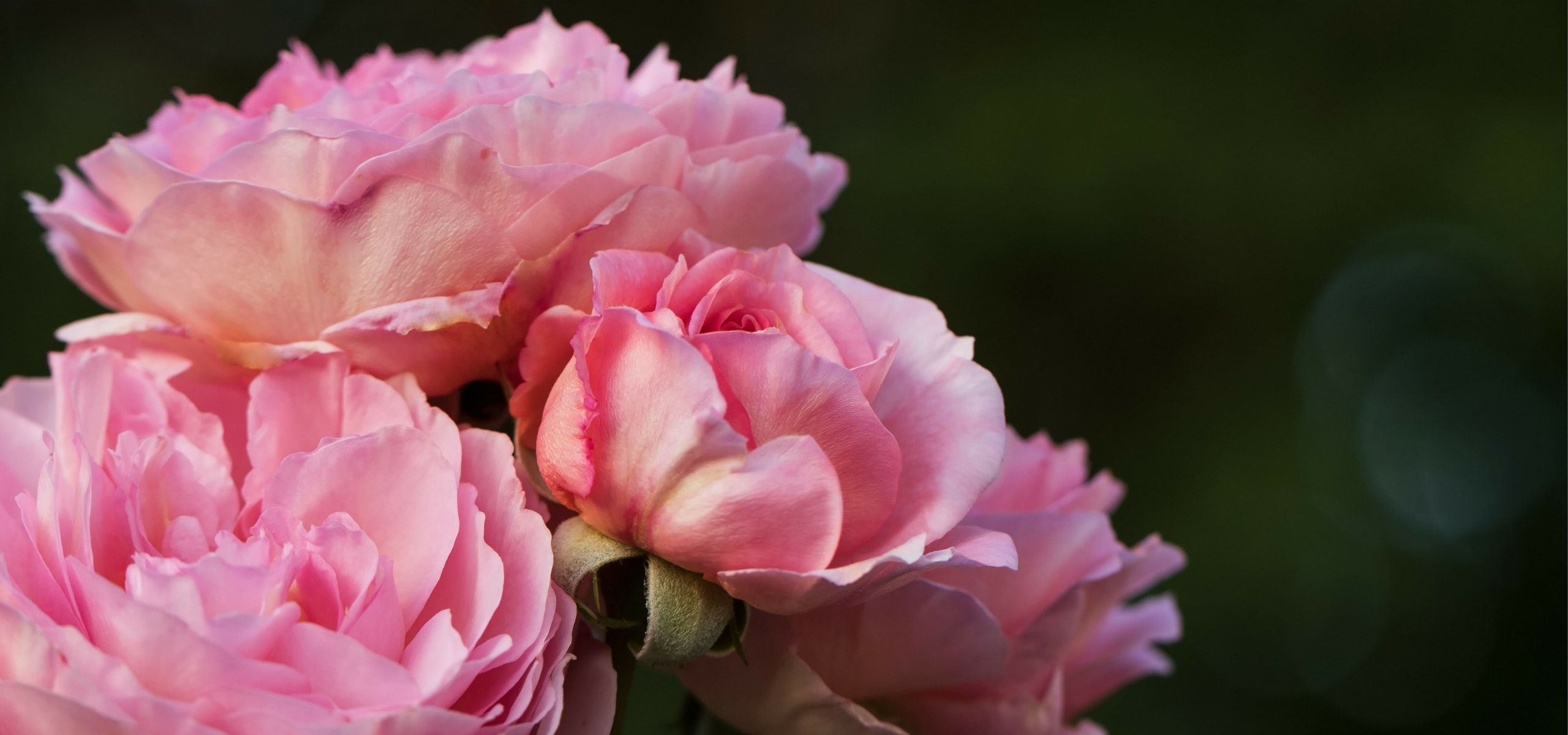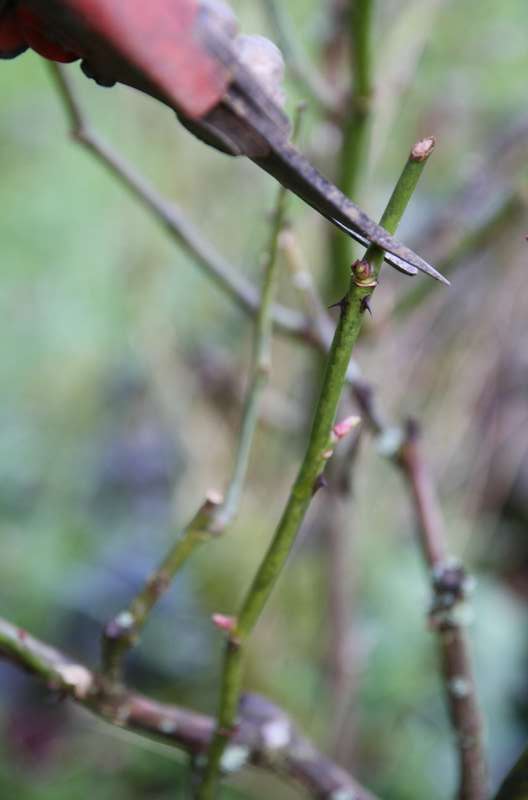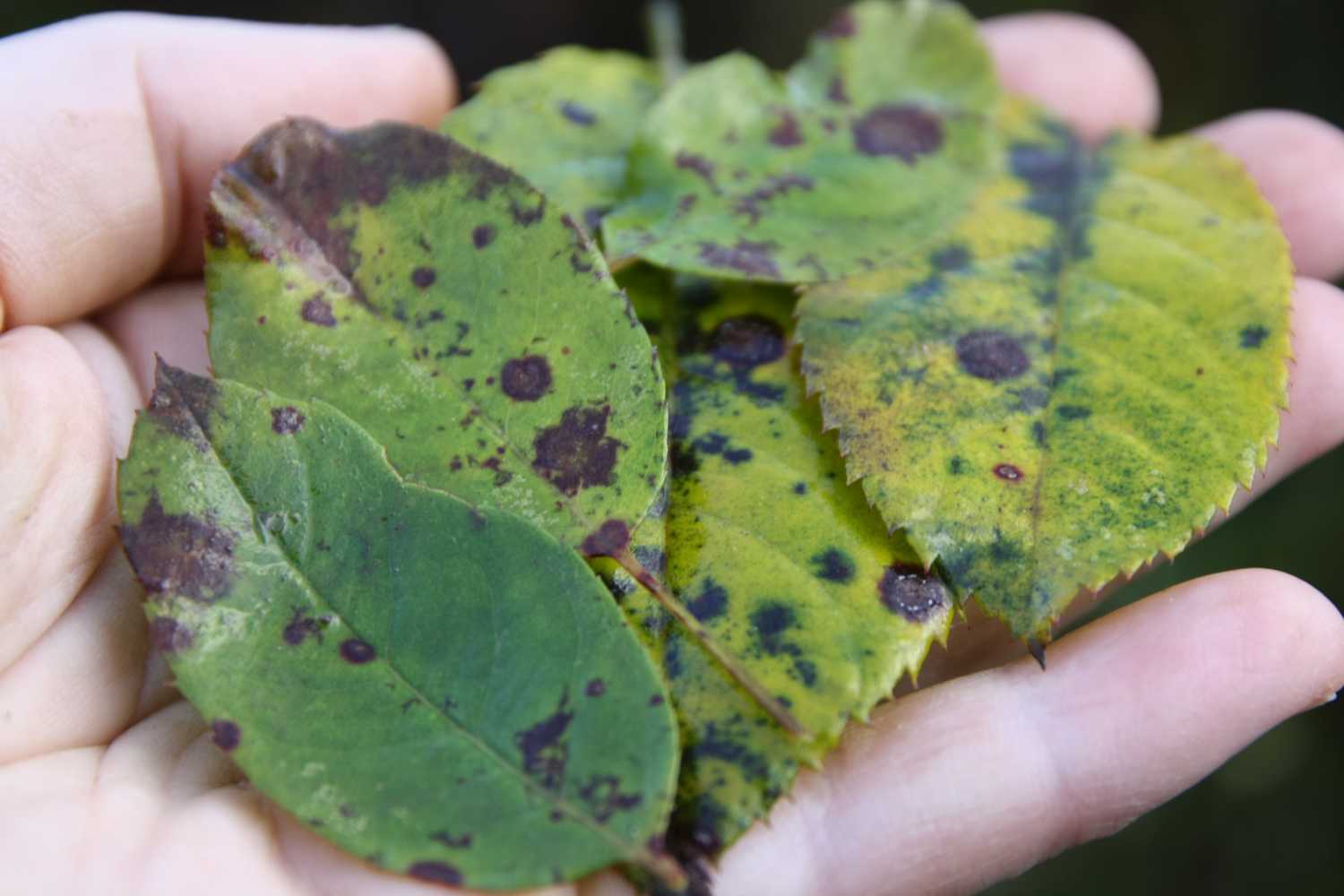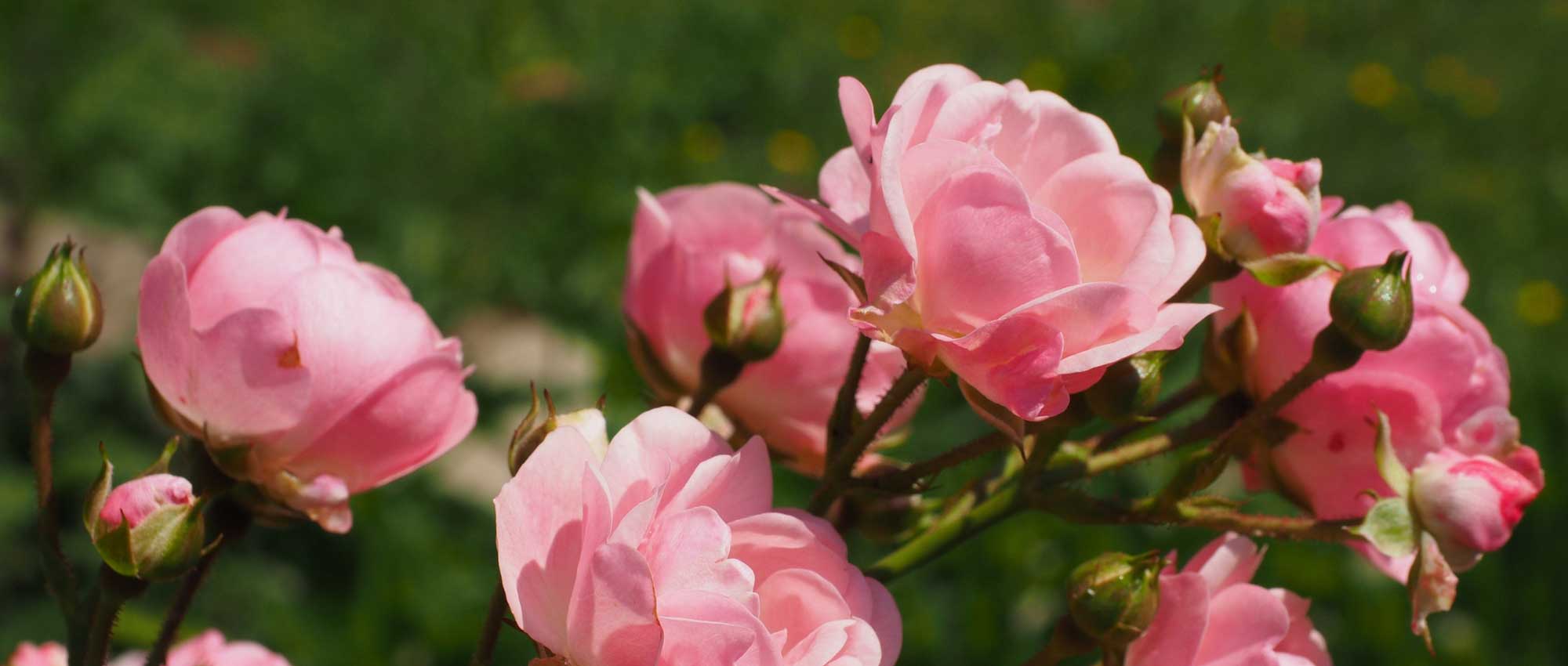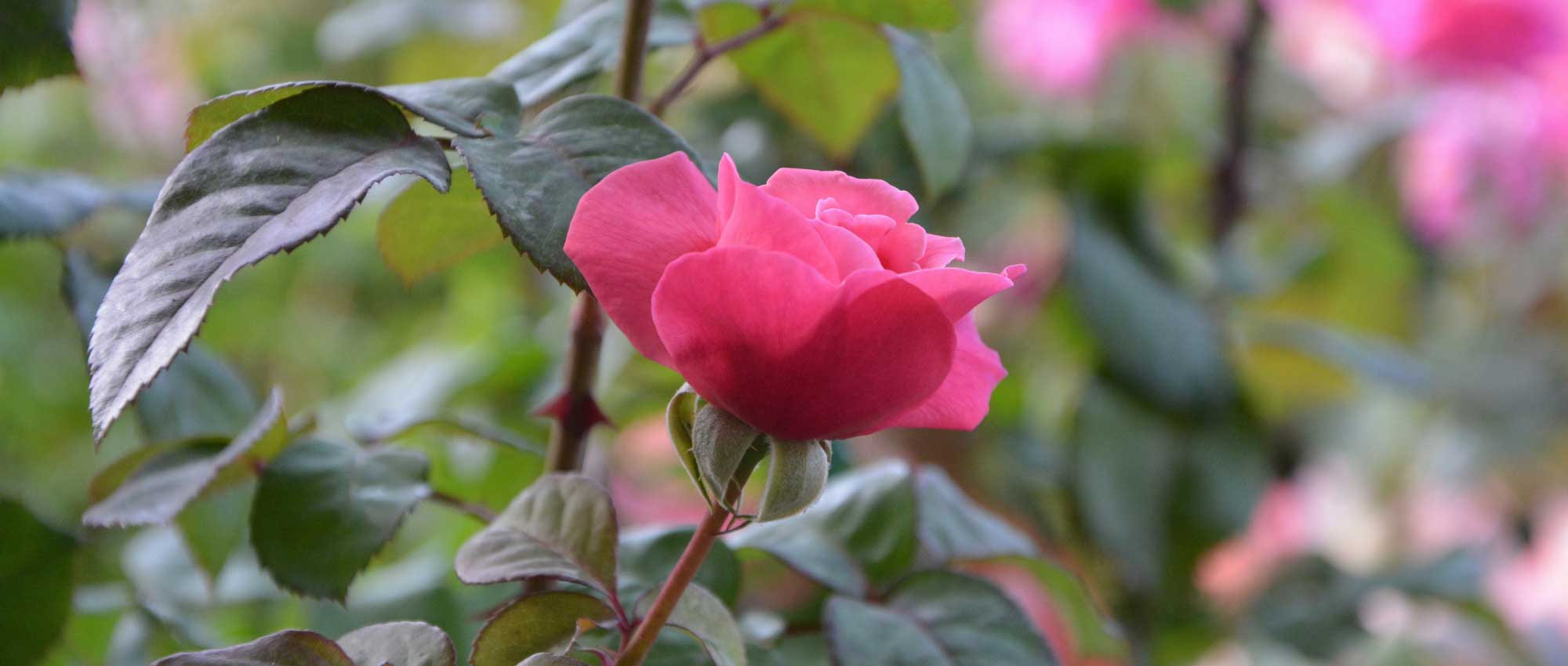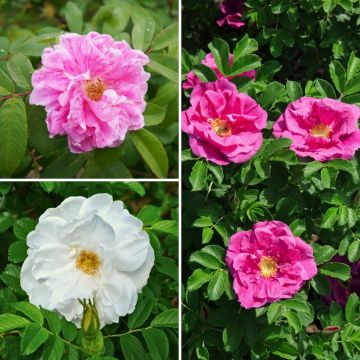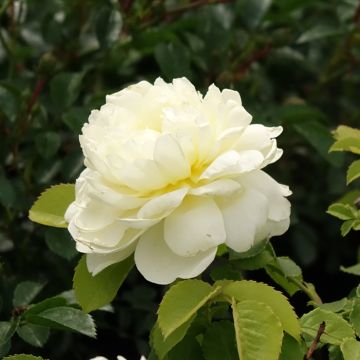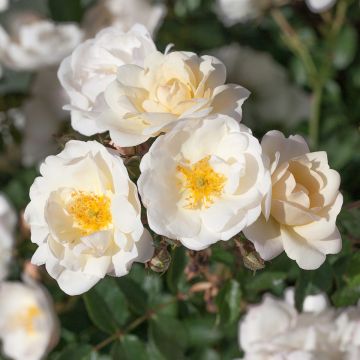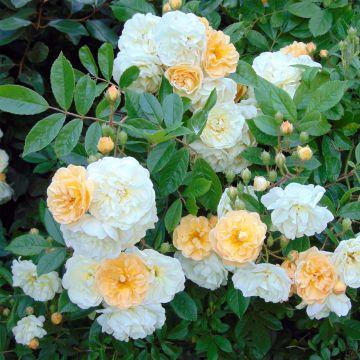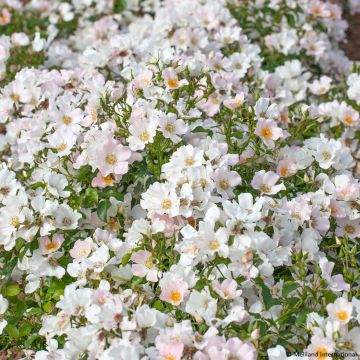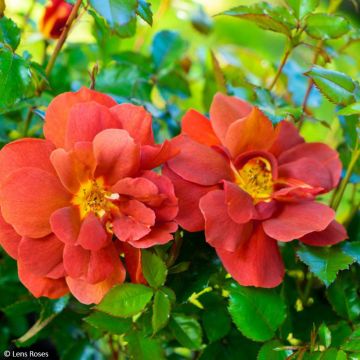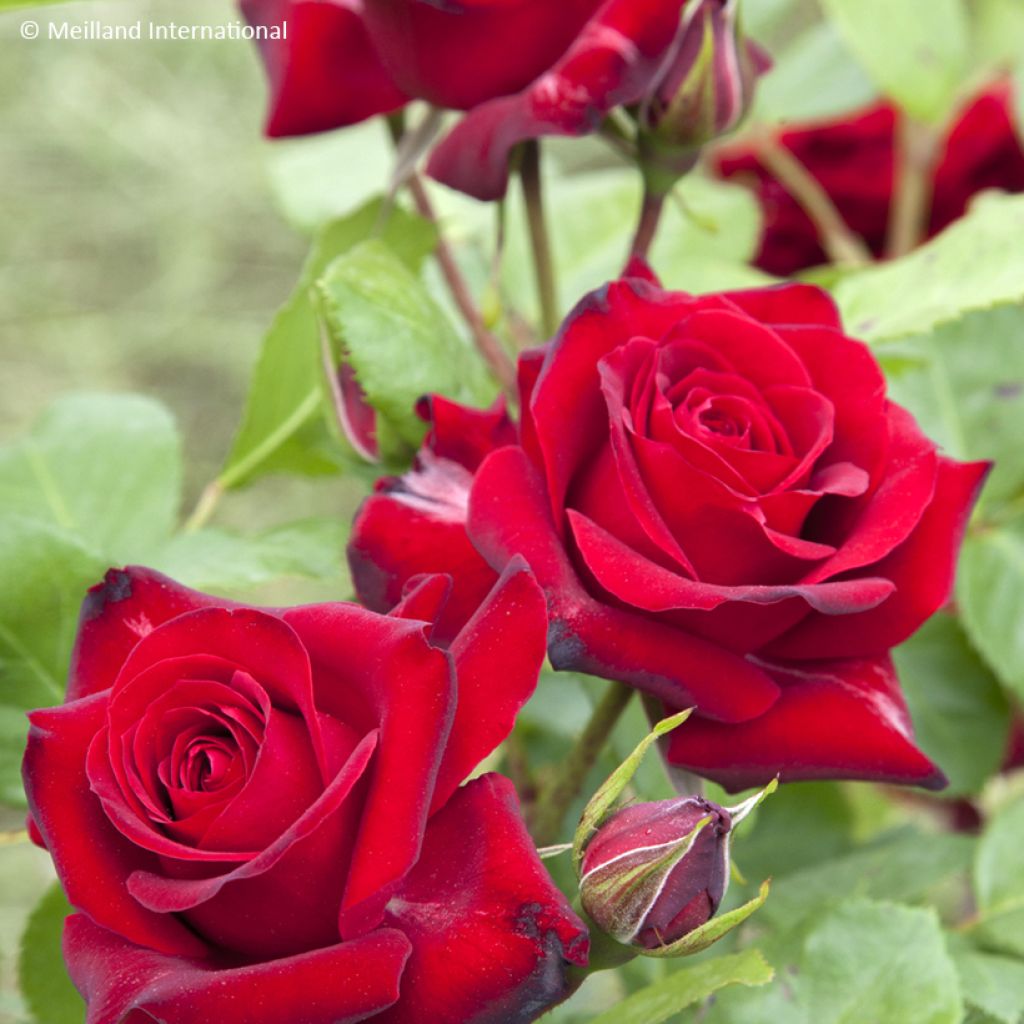

Rosa floribunda Niccolo Paganini - Floribunda Rose
Rosa floribunda Niccolo Paganini - Floribunda Rose
Rosa 'Meicairma' NICCOLO PAGANINI®
Floribunda Rose
Received without a label... Planted it, hoping it's the right variety...
Thierry, 22/10/2025
Special offer!
Receive a €20 voucher for any order over €90 (excluding delivery costs, credit notes, and plastic-free options)!
1- Add your favorite plants to your cart.
2- Once you have reached €90, confirm your order (you can even choose the delivery date!).
3- As soon as your order is shipped, you will receive an email containing your voucher code, valid for 3 months (90 days).
Your voucher is unique and can only be used once, for any order with a minimum value of €20, excluding delivery costs.
Can be combined with other current offers, non-divisible and non-refundable.
Home or relay delivery (depending on size and destination)
Schedule delivery date,
and select date in basket
We guarantee the quality of our plants for a full growing cycle, and will replace at our expense any plant that fails to recover under normal climatic and planting conditions.
Description
The Niccolò Paganini® rose perfectly embodies the passion and elegance of its famous violinist namesake. Like a lively melody, its flowering rhythm graces the garden from spring to autumn. Its intense, deep, and luminous red roses form sumptuous clusters highlighted by lush green foliage. Disease-resistant and exceptionally robust, it excels in flowerbeds and its cut flowers are stunning in floral arrangements.
The Niccolò Paganini® 'Meicairma' rose is a creation by Meilland dating back to 1991. This shrub rose belongs to the Rosaceae family and the Floribunda group, known for their cluster-style flowering throughout the season. It has been awarded the Great Rose of the Century Medal and was honoured in Lyon as the most beautiful rose in France. Dedicated to the Italian virtuoso nicknamed 'the Devil's Violinist', this rose reflects all the talent and brilliance of its namesake. The Niccolò Paganini® rose has a bushy, dense, and well-branched habit, reaching a height of 70 to 90 cm and a spread of 40 to 50 cm. Its thorny sturdy stems support glossy green foliage that remains healthy and decorative throughout the season. Measuring approximately 8 cm in diameter, the flowers are turbinate in shape and formed of 35 to 40 petals of a vivid red with velvety hues. They exude a light and delicate fragrance. The flowering period from May until the first frosts provides a continuous spectacle. The deciduous foliage renews each spring and disappears every winter.
The Niccolò Paganini® 'Meicairma' rose makes a striking addition to exuberant flower beds where colours and textures boldly intertwine. In a somewhat theatrical setting, it will pair beautifully with the lush clumps of a Dahlia ‘Bishop of Llandaff’ with its scarlet-red flowers and dark foliage. Nearby, the swaying red spikes of a Miscanthus sinensis 'Red Chief' will add movement, while a Canna ‘Tarouking’ will intensify the arrangement with its variegated foliage and orange-red flowers. This combination will create a vibrant and whimsical flower bed where each plant plays its part.
Plant habit
Flowering
Foliage
Botanical data
Rosa
'Meicairma' NICCOLO PAGANINI®
Rosaceae
Floribunda Rose
Cultivar or hybrid
Planting and care
To plant your Niccolò Paganini rose, prepare the soil by digging a 30 cm cube, breaking up the earth well and adding a base fertiliser such as dried blood or dehydrated horn at the bottom of the planting hole. Place your plant after removing it from its pot, covering the top of the root ball with 3 cm of soil. Backfill and water thoroughly to eliminate any air pockets. In dry weather, water regularly for a few weeks to encourage root development. Also consider feeding your rose with a special rose fertiliser to stimulate flowering.
Roses often develop spots or look unsightly by late summer, but this does not affect their growth. These spots are not harmful to the plant; it's a natural phenomenon. Follow all our advice to address this issue and read our article: Help! My Roses Have Spots
Planting period
Intended location
Care
Planting & care advice
-
, onOrder confirmed
Reply from on Promesse de fleurs
Similar products
Haven't found what you were looking for?
Hardiness is the lowest winter temperature a plant can endure without suffering serious damage or even dying. However, hardiness is affected by location (a sheltered area, such as a patio), protection (winter cover) and soil type (hardiness is improved by well-drained soil).

Photo Sharing Terms & Conditions
In order to encourage gardeners to interact and share their experiences, Promesse de fleurs offers various media enabling content to be uploaded onto its Site - in particular via the ‘Photo sharing’ module.
The User agrees to refrain from:
- Posting any content that is illegal, prejudicial, insulting, racist, inciteful to hatred, revisionist, contrary to public decency, that infringes on privacy or on the privacy rights of third parties, in particular the publicity rights of persons and goods, intellectual property rights, or the right to privacy.
- Submitting content on behalf of a third party;
- Impersonate the identity of a third party and/or publish any personal information about a third party;
In general, the User undertakes to refrain from any unethical behaviour.
All Content (in particular text, comments, files, images, photos, videos, creative works, etc.), which may be subject to property or intellectual property rights, image or other private rights, shall remain the property of the User, subject to the limited rights granted by the terms of the licence granted by Promesse de fleurs as stated below. Users are at liberty to publish or not to publish such Content on the Site, notably via the ‘Photo Sharing’ facility, and accept that this Content shall be made public and freely accessible, notably on the Internet.
Users further acknowledge, undertake to have ,and guarantee that they hold all necessary rights and permissions to publish such material on the Site, in particular with regard to the legislation in force pertaining to any privacy, property, intellectual property, image, or contractual rights, or rights of any other nature. By publishing such Content on the Site, Users acknowledge accepting full liability as publishers of the Content within the meaning of the law, and grant Promesse de fleurs, free of charge, an inclusive, worldwide licence for the said Content for the entire duration of its publication, including all reproduction, representation, up/downloading, displaying, performing, transmission, and storage rights.
Users also grant permission for their name to be linked to the Content and accept that this link may not always be made available.
By engaging in posting material, Users consent to their Content becoming automatically accessible on the Internet, in particular on other sites and/or blogs and/or web pages of the Promesse de fleurs site, including in particular social pages and the Promesse de fleurs catalogue.
Users may secure the removal of entrusted content free of charge by issuing a simple request via our contact form.
The flowering period indicated on our website applies to countries and regions located in USDA zone 8 (France, the United Kingdom, Ireland, the Netherlands, etc.)
It will vary according to where you live:
- In zones 9 to 10 (Italy, Spain, Greece, etc.), flowering will occur about 2 to 4 weeks earlier.
- In zones 6 to 7 (Germany, Poland, Slovenia, and lower mountainous regions), flowering will be delayed by 2 to 3 weeks.
- In zone 5 (Central Europe, Scandinavia), blooming will be delayed by 3 to 5 weeks.
In temperate climates, pruning of spring-flowering shrubs (forsythia, spireas, etc.) should be done just after flowering.
Pruning of summer-flowering shrubs (Indian Lilac, Perovskia, etc.) can be done in winter or spring.
In cold regions as well as with frost-sensitive plants, avoid pruning too early when severe frosts may still occur.
The planting period indicated on our website applies to countries and regions located in USDA zone 8 (France, United Kingdom, Ireland, Netherlands).
It will vary according to where you live:
- In Mediterranean zones (Marseille, Madrid, Milan, etc.), autumn and winter are the best planting periods.
- In continental zones (Strasbourg, Munich, Vienna, etc.), delay planting by 2 to 3 weeks in spring and bring it forward by 2 to 4 weeks in autumn.
- In mountainous regions (the Alps, Pyrenees, Carpathians, etc.), it is best to plant in late spring (May-June) or late summer (August-September).
The harvesting period indicated on our website applies to countries and regions in USDA zone 8 (France, England, Ireland, the Netherlands).
In colder areas (Scandinavia, Poland, Austria...) fruit and vegetable harvests are likely to be delayed by 3-4 weeks.
In warmer areas (Italy, Spain, Greece, etc.), harvesting will probably take place earlier, depending on weather conditions.
The sowing periods indicated on our website apply to countries and regions within USDA Zone 8 (France, UK, Ireland, Netherlands).
In colder areas (Scandinavia, Poland, Austria...), delay any outdoor sowing by 3-4 weeks, or sow under glass.
In warmer climes (Italy, Spain, Greece, etc.), bring outdoor sowing forward by a few weeks.






























